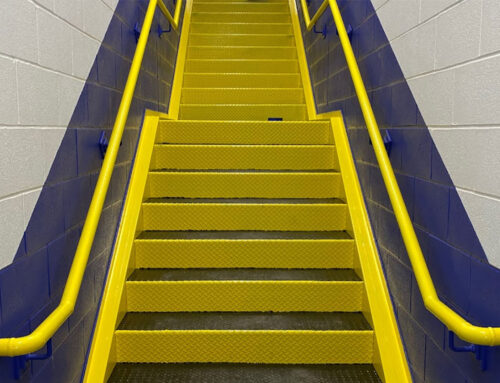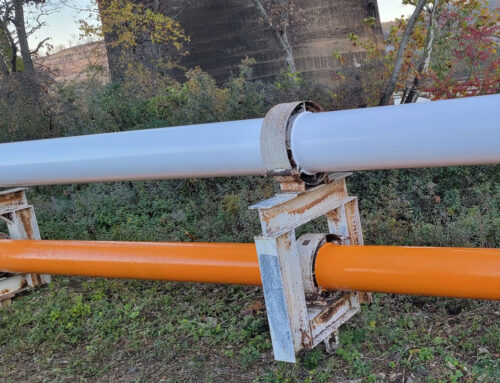How long do coatings last? Durability is a major subject of debate in the industrial coatings business. Epoxy coatings can last between two and five years; polyurea coatings can last decades. Nevertheless, sun, wind, water, weather, soil, and use will slowly break down every coating over time. How then can we extend the lifespan of a coating, reduce the time between reapplications, predict the timeframe for new coatings, and ultimately better serve our industrial business customers?
There is no immediate answer.
As such, the industry as a whole has been testing new and improved coatings products and investigating the chemical compounds we commonly rely on in coatings products. Here’s a big-picture look at how we’re reexamining coatings’ durability.
Why Titanium Dioxide Is a Critical Element to Measure
It’s recently come to light that titanium dioxide, a common ingredient in industrial coatings that absorbs ultraviolet rays, converts energy into free radicals that can attack the surface of industrial painting. Industry knowledge has led to widespread acceptance of titanium dioxide as a necessary resin protector.
However, if the photoactivity caused by titanium dioxide leads to an increased amount of paint degradation, then it may counteract the benefits of its use in industrial coatings. Industrial painters are currently starting to consider how they can minimize photoactivity and prolong coating durability.
The revolutionary new information about titanium dioxide and its related photoactivity has also launched a larger discussion of how to appropriately test paint durability, a complex and expensive process.
American Society for Testing and Materials (ASTM) standards for paint testing analyze paint discoloration from UV rays and other environmental stressors, paint chipping from blunt force contact with inanimate objects, and paint adhesions challenges in coatings. Despite these well-thought-out industry standards, they’ve overlooked how critical materials like titanium dioxide are negatively impacting coatings’ durability.
Now, new measures are being proposed to leverage titanium dioxide opacity testing, which would measure the element’s dispersion throughout the coating. It would not only be a more targeted approach to testing but also more cost-effective.
Why Coatings Durability Is Top-of-mind at Eagle Eye Services
How the established industrial painting ingredients play into coatings’ durability is a prescient concern at Eagle Eye Services. If titanium dioxide is ineffectively dispersed in a particular coating, or if it is causing substantial paint degradation, it’s paramount to reexamine the coating itself as part of a larger corrosion protection plan.
Why the sense of urgency about a long-term problem?
For our larger clients, such as those in oil and gas or nuclear power, the impetus is to fix a potentially ruinous problem before it causes operational shutdowns, service interruptions, monthslong repairs, or even accidents.
For many other clients, their machinery has to remain constantly in service; their pipelines have to stay in operation and underground. It’s our goal to remedy any industrial painting durability issues while keeping their businesses running. To learn more about coatings durability at your industrial business, contact the team at Eagle Eye Services today.
Ready to Get Started?
Have questions about your project or need a quote? We’ve got someone ready to help you.



